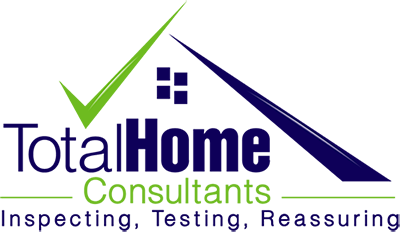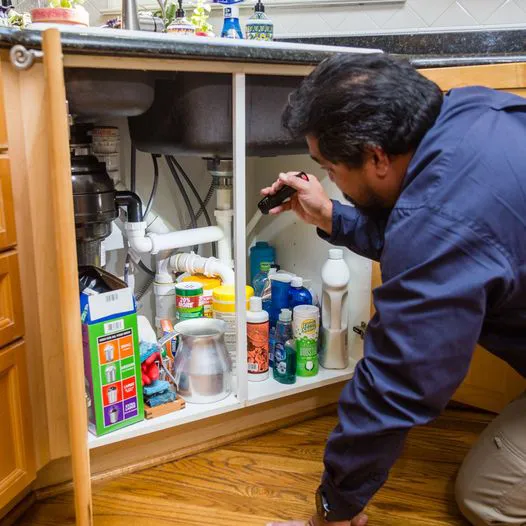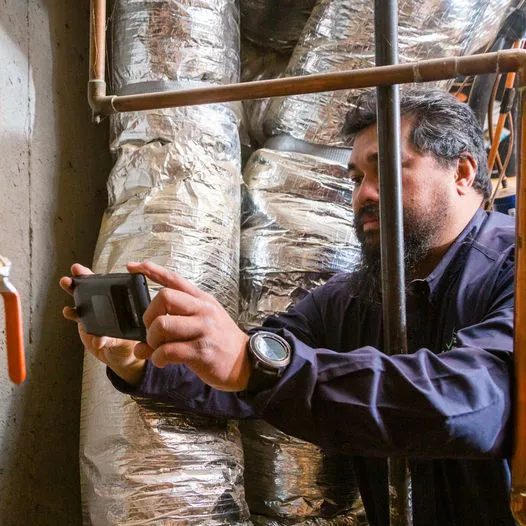Mold Testing
Avoid Potentially Lethal Hazards that Could Plague You in the Future!
Dacula & Atlanta Mold Testing Services
Mold causes health problems. Homes with extreme mold infestations can be rendered uninhabitable. The most common kinds of molds look like small black circles or small colorful circles or white, web-looking growths with spreading threads. Severe mold infestations can look like solid layers of black or white/gray organic material.
How We Test for Mold
At Total Home Consultants, we take mold seriously. We follow thorough protocols to identify existing mold as well as to identify environments conducive to mold growth.
Step 1
Visual Inspection
Total Home Consultant inspectors visually examine all areas of the home, including crawlspaces, basements, exterior walls, and living spaces. We use moisture meters and other detection devices to identify hidden places where mold could be growing (i.e., behind walls or under cabinets).
Step 2
Air Sampling
Step 3
Physical Samples
Common Mold Locations
- Basements
- Kitchens, including under the fridge
- Undersides of carpets and carpet pads
- On walls behind furniture
- Ceilings
- The unseen tops of ceiling tiles
- Drywall and paneling (front and back)
- Wallpaper (front and back)
- Inside HVAC systems
- Inside ductwork
- On clothing
- On or in food


